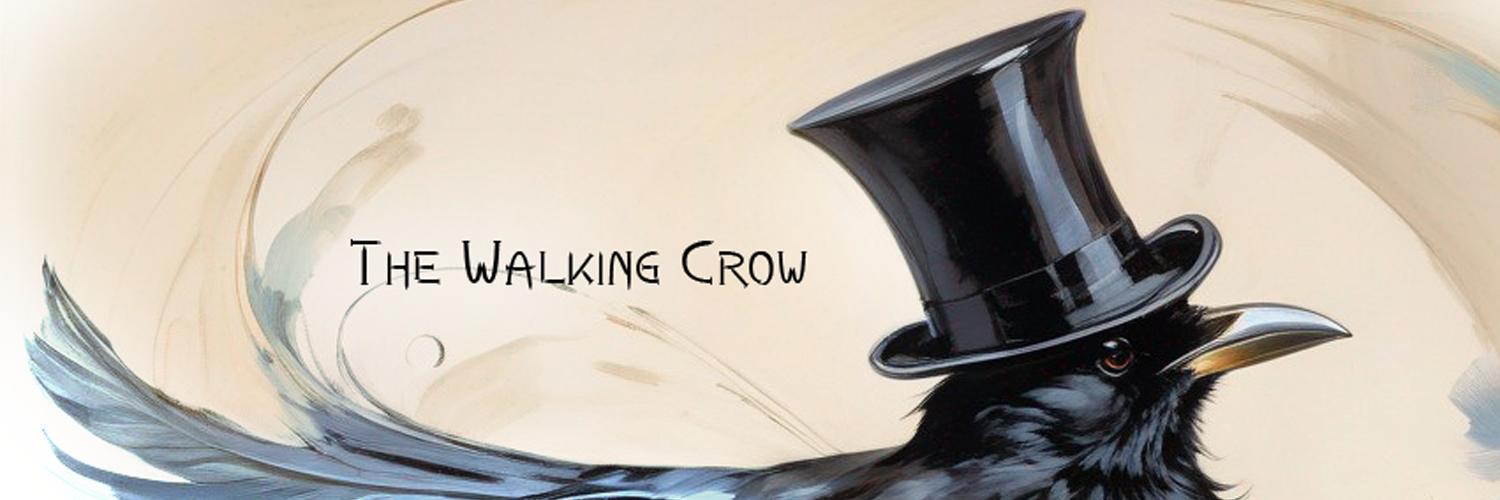
by Jamie Sherfy | Nature, Plants
Aloe chiovendae, known as Spotted Aloe, is a succulent with lance-shaped leaves adorned with white spots, native to Somalia and Ethiopia. Thriving in USDA Zones 9-11, it prefers well-draining soil, full sunlight, and minimal watering. Generally non-toxic, it can be mildly irritating but is relatively pest-resistant. Ideal as a decorative houseplant.

by Jamie Sherfy | Nature, Plants
The Walking Crow Blog features a guide to house plants and gardening, offering comprehensive resources for both novice and experienced gardeners. It aims to help transform living spaces into green oases. Alongside the guide, the blog showcases its latest posts, covering various topics within the gardening spectrum.

by Jamie Sherfy | Nature, Plants
The post presents the Dwarf Umbrella Tree, also known as Schefflera arboricola, highlighting its characteristics, such as being toxic to pets and beneficial for indoor air quality. It offers guidance on soil type, sunlight preference, watering needs, and general care tips for optimal growth. The plant is primarily grown indoors.

by Jamie Sherfy | Nature, Plants
Discover the fascinating world of Braunsia, a genus of small succulent plants. Learn about their characteristics and how to care for them.

by Jamie Sherfy | Nature, Plants
The Croton Plant, or Garden Croton, is a colorful tropical shrub known for its vibrant foliage and variety of colors. It thrives in warm climates (Zones 10-12) and is toxic if ingested. The plant requires bright light, regular watering, and high humidity to flourish, making it popular among gardening enthusiasts.

by Jamie Sherfy | Nature, Plants
The content discusses the Weeping Fig, also known as Benjamin Fig or Ficus Tree, detailing its origins, care requirements, and health benefits. It highlights its adaptability to indoor environments, moderate toxicity, and importance in improving air quality. The plant thrives in bright, indirect light and requires well-draining soil.

by Jamie Sherfy | Nature, Plants
The ZZ Plant, scientifically known as Zamioculcas zamiifolia, is a low-maintenance houseplant popular for its glossy, dark green leaves. Native to Eastern Africa, it thrives in low light and requires infrequent watering. Despite its toxicity to pets and humans if ingested, it improves indoor air quality and is forgiving of neglect.

by Jamie Sherfy | Nature, Plants
Air plants, or Tillandsia, are unique, soil-free epiphytes with over 650 species, ideal for indoor gardening. They thrive in various habitats, require bright, indirect light, and prefer good air circulation and adequate moisture. These low-maintenance plants enhance indoor aesthetics and are non-toxic, making them safe for homes with pets.

by Jamie Sherfy | Nature, Plants
The Aglaonema ‘Wishes’, or Chinese Evergreen, is a visually striking houseplant known for its colorful foliage and simplicity in care. This non-toxic plant thrives in indirect light, prefers well-draining soil, and requires moderate humidity. Suitable for beginners, it also enhances indoor air quality while being culturally significant in some regions.

by Jamie Sherfy | Nature, Plants
The Agave, or “Century Plant,” is a succulent known for its unique characteristics and uses, including tequila production. It thrives in well-draining soil and hot climates, requires infrequent watering, and can live for decades before blooming. The plant also offers health benefits through its nectar but can be mildly toxic if mishandled.










